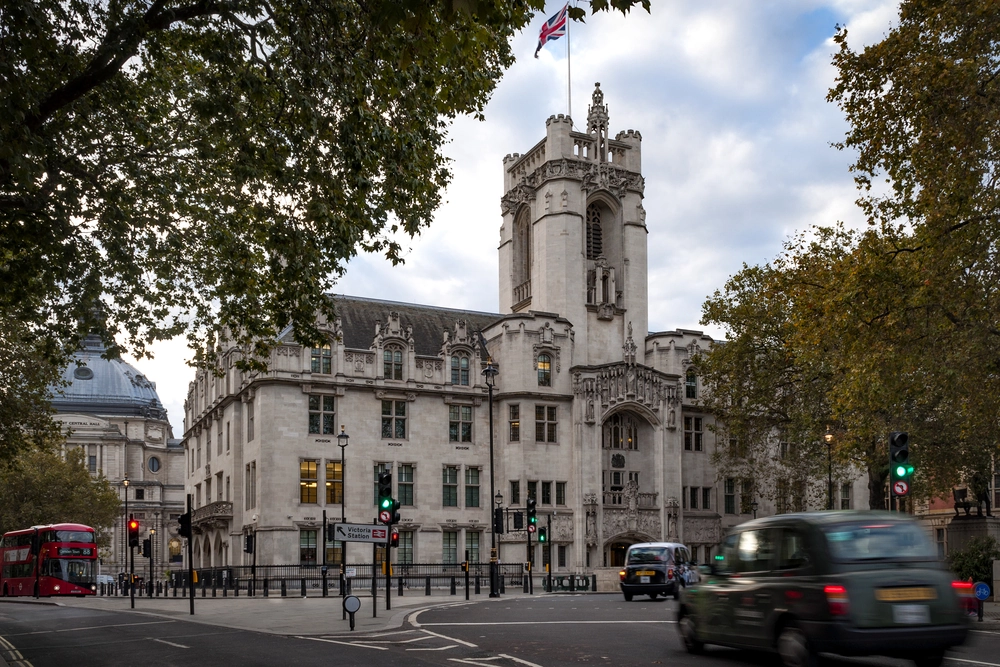
New guidance on gender reassignment discrimination published by ACAS

By Mollie Gascoigne, Kathryn Evens
2 Dec 2024 | 5 minute read
ACAS has published updated guidance on gender reassignment discrimination in the workplace. With seven years passing since its previous guidance and the rate of change in this area, the update has been welcomed. Below we let you know what's new and pick out key practical steps to consider taking.
What does gender reassignment mean?
Gender reassignment is a protected characteristic under the Equality Act. People who meet the definition are protected against discrimination in certain circumstances.
The definition of gender reassignment is potentially very broad. It covers people who are undergoing or have undergone a process of gender transition. However, it also extends to those who propose to transition, even if no further steps have been, or are, taken. Someone does not need to have any medical treatment or surgery, change their legal gender, or complete any form of gender transition process. Most people who rely on this protected characteristic identify as transgender, although there is no requirement to do so.
What are the different types of discrimination?
The guidance outlines the four main types of discrimination. These are:
Direct. This is where someone is put at a disadvantage or treated less favourably because they have the gender reassignment protected characteristic. For example, this would include changing someone's role against their will to stop them working directly with customers.
Indirect. This happens where a practice, policy or rule applies to everyone but people with the gender reassignment characteristic are put at a disadvantage which cannot be justified by the proportionate application of a legitimate aim. This could include asking new hirers for a birth certificate as proof of identity. Someone who is transgender, and who has not changed their birth certificate, may fear sharing this information and decide not to take the job. The new guidance notes that an employer can use other methods to prove identity which would avoid indirect discrimination. Alternative measures could still achieve the legitimate aim of proving identity but would be a more proportionate means than requiring a birth certificate.
Harassment. This happens when someone experiences unwanted behaviour which violates their dignity or creates an intimidating, hostile, degrading, humiliating or offensive environment. It doesn't matter if someone didn't intend it to have that effect if it is reasonable that it would have such an effect. The guidance gives an example of someone who asks to be referred to using 'she' or 'they' pronouns. Initially, it seems as though a colleague is mistakenly using the incorrect pronouns, but it soon becomes clear that they are deliberately referring to the individual as 'he'. It is likely that this would cause someone to feel upset and humiliated. This could be harassment.
In recent years, there have been a number of tribunal cases about gender critical beliefs at work. One example of harassment in the guidance appears to be directed at helping employers navigate the balancing act which is required in this area. The example refers to Leslie, who strongly believes that a person cannot change their sex (this is often associated with gender critical belief). Leslie shares her beliefs via email to her team at work with links to websites about it. The emails include derogatory comments about people who are transgender. Another colleague in the team is Sam who has not told anyone that they intend to transition. Despite the harassment not being directed at Sam, and the fact that Leslie is entitled to hold the belief, Leslie cannot express it in a way that harasses others. This example reflects the decision in Lister v New College Swindon, which we have discussed previously here.
Victimisation. This is when someone is treated less favourably because they are involved with a discrimination complaint. It doesn't matter whether the complaint was made by the individual or someone else. An example given in the guidance is someone who is supporting a transgender colleague's grievance. If that person then suffers a detriment because, for example, they are not seen as being loyal to the company and are labelled a troublemaker, this is likely to be victimisation.
So, what's new?
The new guidance makes it clear that non-binary people could be protected from discrimination under this protected characteristic. People with variations in sex characteristics – sometimes known as people with differences in sex development (DSD) or intersex people - are also mentioned in the new guidance as potentially attracting protection under the gender reassignment protected characteristic. This serves as a useful reminder to be aware of the potentially broad definition of the protected characteristic and the need to avoid assumptions about who may be protected.
What steps can I take to prevent gender reassignment discrimination?
The new guidance outlines a number of steps that employers could be taking to prevent such discrimination. Some of these include:
- Supporting staff who transition by discussing and agreeing key issues such as:
- any time off that they may need;
- who the employee wants to tell (and how and when);
- how and when to make changes to staff records and systems (if at all);
- what their pronouns are and if/how they would like to communicate this with others; and
- what to do if you need to get in touch with their emergency contact, as they may not have told certain people about their transition.
- Having a transitioning at work policy and considering the inclusivity of other policies on absence, menopause, maternity or adoption.
- Making sure you have thought about the impact of staff records, IT and security systems, toilets and changing facilities, and dress codes on gender diverse staff.
- Reviewing policies on absence or appointments. It would be unlawful to treat someone less favourably for absence related to their gender transition than if their absence was due to illness or injury.
- Appointing an LGBT+ champion to promote equality, help employees who are transitioning and/or resolve problems with managers.
- Setting up a staff LGBT+ network for staff and allies to support each other and raise issues.
How can we help?
We know that many employers face challenges in managing an increasingly diverse workforce and avoiding discrimination cases, leading to potential legal and reputational risks. Many employees also lack confidence and/or knowledge.
That's why we're delivering bespoke Gender Diversity in the Workplace Training. This programme equips managers and teams with the knowledge and tools to foster an inclusive workplace, support gender-diverse individuals and maintain compliance within an evolving social and legal landscape.
To find out more and see a sample of the programme, see our flyer here.




























